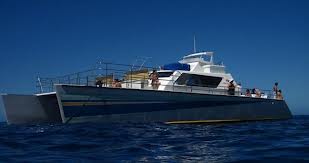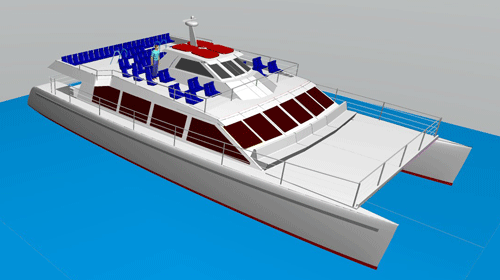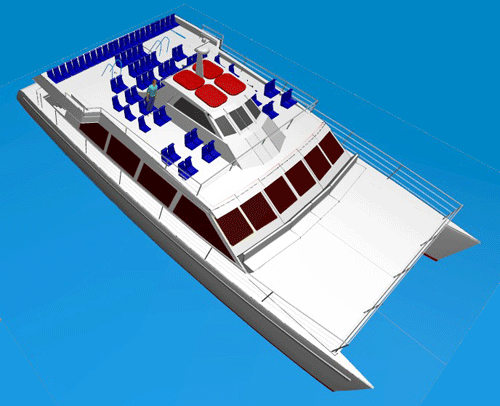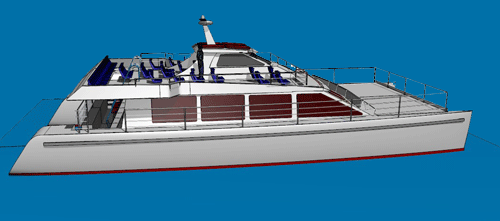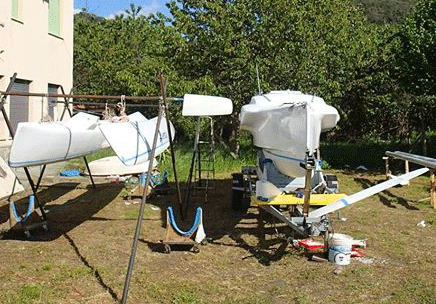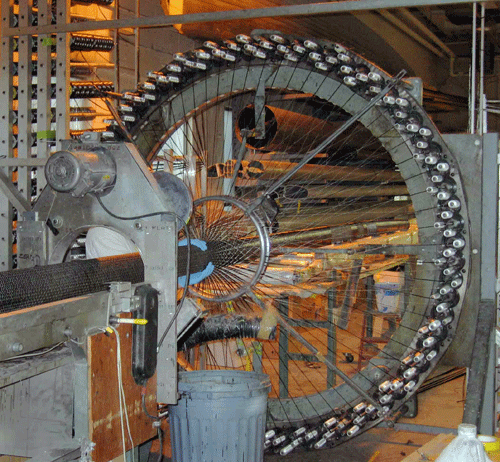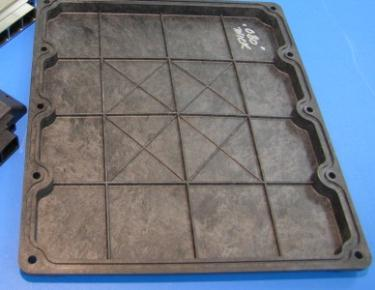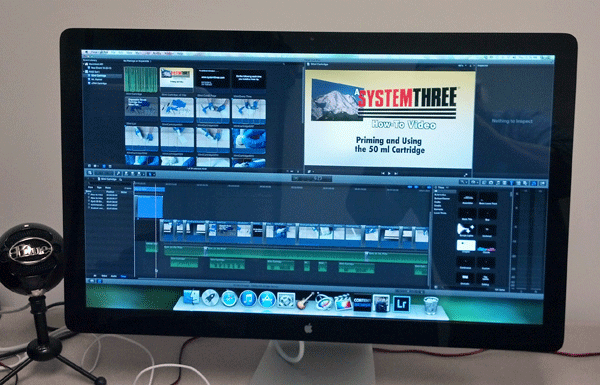Prospective customer Anton showed me that Skype can be used to send big files without setting up an FTP site. Lets try if someone wants the e-catalog, or composite construction manual or the CM construction manual. I will look into the DVD later as it is so much bigger. $25 for each? I will get something set up on the website. For now just use cards? For now I would rather not use Paypal. My Skype is khughes.multihulldesigns
Hit me and I can send files back via Skype.
Category Archives: New Designs
Off the Grid Power
This system intended for boats at anchor. Electricity from fuel cells off the grid in addition to PV.
http://www.fuelcellsystems.co.uk/fcapplications/marine-fuel-cells/
Kai Oli Oli Video
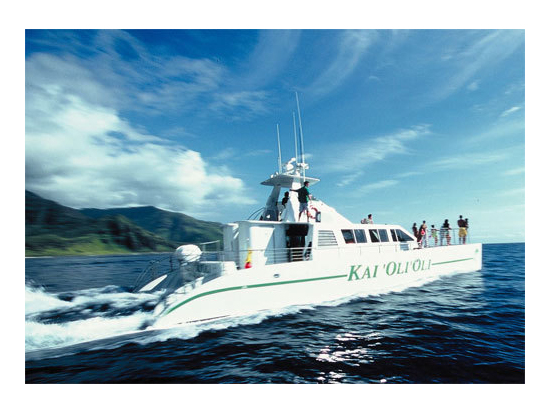 I just found this Kai Oli Oli video. Shane runs this 64′ KHSD power cat out of Ko Olina Marina on Oahu. https://www.youtube.com/watch?v=17Cg4NzkRrc
I just found this Kai Oli Oli video. Shane runs this 64′ KHSD power cat out of Ko Olina Marina on Oahu. https://www.youtube.com/watch?v=17Cg4NzkRrc
Great New Holo Holo Video
64′ daycharter cat out of Kauai. Look at how little wake at just under 30 knots. 65 pax.
https://www.youtube.com/watch?v=fBq5Hj0VbVw
72′ Passenger Ferry Study
Plans Prices Increase.
The plans price increase is slated for the June 1. If I can get the lot updated. And they have remained the same for a long time.
I have been learning there is more to it than simply more money. My original idea was to be able to offer top level design a prices the average guy could afford. It seems that has been a mistake on many levels. Many people have concluded that the plans must be defective if they are so low cost. If plans cost more, they must be better.
The low stock plans price has perhaps hurt the more important design function. People have reacted angrily that a new custom design costs more than a stock plan. I end up spending too much time explaining these things.
Paypal advised me that I have to expect to have people scam me, and I should just factor it in.
And maybe the idea of trying to get rigorous design available at a price the average guy can afford is foolish. Even my increase will not be as high as the other guys. I got this a few years back but I’m sure it’s still true.
From a customer in South Africa whose name escapes me now. “In the US you can buy a MacDonald’s hamburger for around $1.50. In SouthAfrica, the same MacDonald’s hamburger will cost me about R 4.00. However,if I import the USA MacDonald’s hamburger – it will cost me R 15-00 (with out import duties, taxes or delivery fees.) Your prices after doing the currency exchange rate is still cheaper than what even local designers charge.
Jeff Schionning, Australia gave me a price to design almost 3 x your asking price.
Chris White’s price was about 2.2 x your price.
Melvin Morrelli was almost 5 x your price.
Nic Bailey came in at a huge 11 x your asking price.
Alexander Simonis was a little less than 3 x your price.
Tony Grainger was about 4 times your price.”
Muffolo Back in the Water
Mast Winding Machine
Composite builder Ted van Dusen is looking at doing some more unstayed Cat 2 Fold masts. As I understand it, this is the machine he uses. www.composite-eng.com
Geek E-Seminar
Carbon Fiber Reinforced Polymers – How Fiber Lengths and Loading Define the Achievable Properties and Dictate the Manufacturing Techniques
Live Presentation – Wednesday, May 7, 2014 2:00 pm ET
The Webinar will look at the properties of thermoplastic composites. Focusing mainly on carbon-fiber filled composites, we will show how the geometry of the filler, as well as the amount of filler, affects the properties of the finished article. The filler properties also generally determine the available manufacturing techniques that can be used.
We will look at properties that can be obtained using carbon fillers ranging from nanoparticles to continuous fibers and will also discuss how some combinations of filler can provide useful properties. There is no ideal formulation for a carbon-fiber reinforced thermoplastic – the end-use application will dictate the best candidates.
System 3 Q-R Codes
Interesting story.
Last fall I visited System 3 Epoxy and Kern told me of the trouble he was having getting people to follow printed instructions on how to do 2 part caulk adhesive.
I mentioned my sense that my boat plans of the future will have Q-R codes on the plans, using YouTube to show how to do that part of the boat build. His eyes lit up. I got to see the result last Thursday. He has a whole new $20K video studio set up and is getting after it. At my suggestion he will soon have QR codes for “how to” on amost every product. Glad to see someone listens to me.
